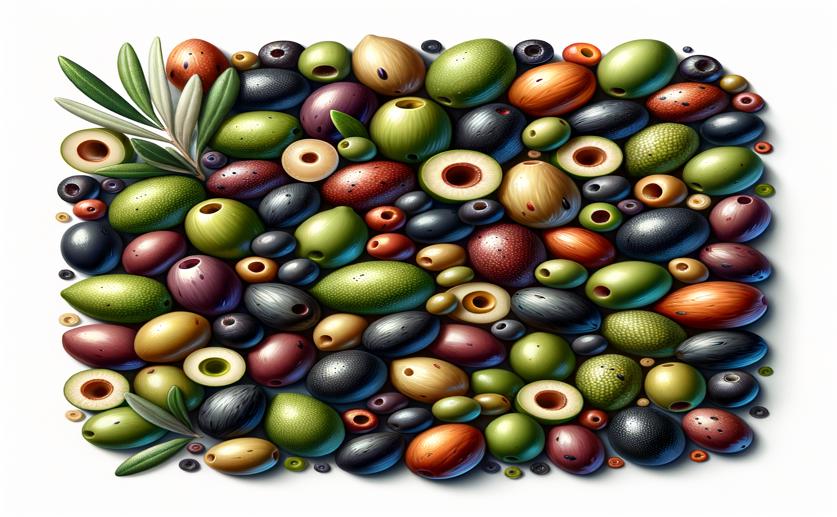
Exploring the Colors, Nutrients, and Antioxidants in Different Olive Varieties
Jim Crocker
5th May, 2024

Image Source: Natural Science News, 2024
Key Findings
- In Türkiye, researchers studied how soil nutrients affect olive tree leaf composition and health
- Different olive cultivars showed varying levels of minerals in their leaves, influencing leaf color and chlorophyll content
- The study found that olive leaf phytochemicals and antioxidant activity differ among cultivars, which can impact product quality
References
Main Study
1) Characterization of olive (Olea europaea L.) cultivars; colour properties, biochemical contents, antioxidant activity and nutrient contents
Published 4th May, 2024
https://doi.org/10.1007/s10722-024-01991-8
Related Studies
2) Investigation of phenolic compounds and antioxidant activity of leaves extracts from seventeen cultivars of Iranian olive (Olea europaea L.).
3) Relationship of quality parameters, antioxidant capacity and total phenolic content of EVOO with ripening state and olive variety.
4) Temporal Variation of Phenolic and Mineral Composition in Olive Leaves Is Cultivar Dependent.



 12th April, 2024 | Jenn Hoskins
12th April, 2024 | Jenn Hoskins